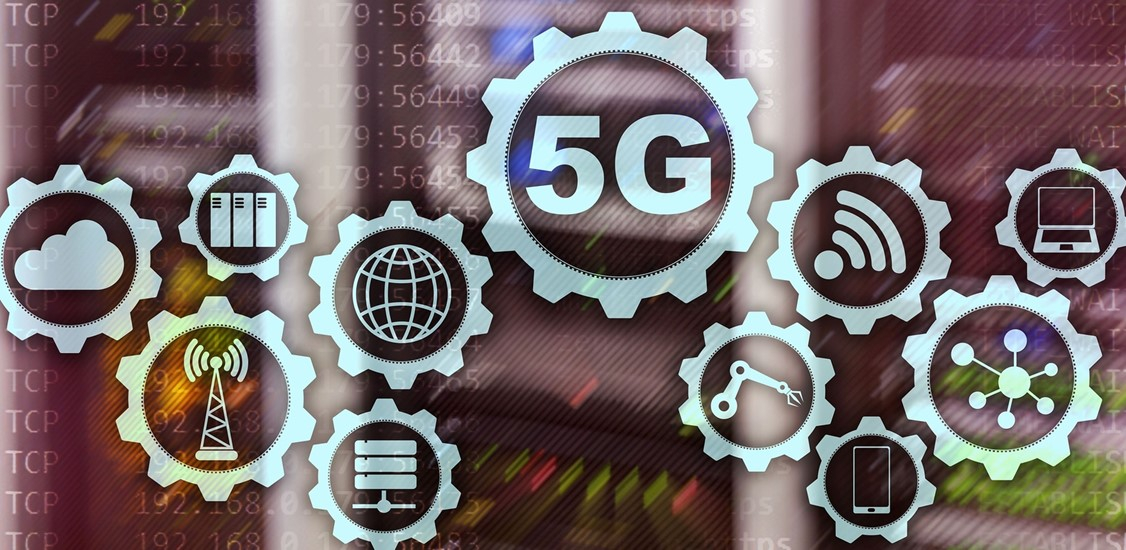#1: 5G, where are you?
While progress on 5G core testing has been slower than expected with testing phases slipping from 2019 into 2020, 4G operators have already started to deploy 5G radio and offer tangible 5G services to subscribers.
This adoption of 5G radio for the subscriber market is likely to delay the build-out of 5G standalone networks: this is probably wise since the core technology is at an early phase and mobile operators will benefit from waiting for the products to mature.
While work on 5G standalone networks will continue and will gather pace, we expect the first use cases may be in greenfield sites and probably in the IoT space. The more wide-spread adoption in the mobile operator space will happen only after the 5G core solutions have been productised to some degree.
#2: The move to continuous delivery still marching forward
Continuous delivery is transforming the way vendors deliver to network operators and the operational and business benefits are numerous and well known. The passing year has reinforced our view that this transition is essential. However, it is also clear that many legacy solution vendors are troubled by the transition.
Firstly, in the last 10 years, we have seen platform shifts firstly to Linux, then to virtualisation, then to NFV, and now to containerisation under orchestration. Some of these phases have been short-lived but with high costs in terms of time and capital investment. The platform technologies are finally stabilising around containers under orchestration and most likely with Kubernetes (K8s), although some continuous evolution of the platform is to be expected and must be costed-in.

The Tango
Telecom Team
Secondly, and more pertinent at this point, is the fact that migrating legacy solutions to run as containers under orchestration is not a trivial undertaking. The competitive advantage lies with those vendors doing new builds. Ironically, the vendors with the most sophisticated legacy solutions could indeed be hardest hit.
#3: IoT won't be waiting for 5G
Given the slow pace of 5G rollout, the IoT sector has decoupled itself to some degree from 5G. IoT solution providers are designing and marketing IoT devices and services now and working within the status quo. Certainly, 5G is needed to enable IoT services that aren’t viable today, but by then the IoT sector will be relatively mature. Mobile operators will need to clearly differentiate themselves from other IoT players if they are to muscle into IoT space in any significant way by that time.
#4: The Future is change
We still have a crowded mobile operator space. We still have roaming. We still have countless own-build networks and IT projects across the sector when the technology and the know-how exists to deliver service globally from cloud-based installations.
This means that the mobile industry continues to be hampered by uncompetitive cost models. We see that consolidation in the market is inevitable. We have planned the evolution of our product base with this transformation in mind.
Platform transformation will be a key industry catalyst over the next few years. Compelling new platform technologies that are more useful, intuitive and innovative than anything we’ve seen in the last 10-15 years, are now available to the industry at reasonable cost. These technologies favour cloud-based solutions and therefore we believe that this evolution will be both a technology and a business transformation for mobile operators.
The platform transformation needed for 5G will have a significant impact on the mobile space. It will be far in excess of the impact of virtualisation or the impact that was expected from NFV. Both operators and vendors alike must rethink how they do business. Our efforts are concentrated on ensuring that we are ready to enable mobile operators to successfully navigate this transformation.




















